Criteria:
- Keywords = politics
Page:1Modify search
-
 Old Æsop
~
at White-hall, giving Advice to the young Æsops at Tunbridge and Bath: or, Some Fables relating to Government. By a Person of what Quality you please.
London: J. Nutt,
1698.
More details Price: £1,600.00
Old Æsop
~
at White-hall, giving Advice to the young Æsops at Tunbridge and Bath: or, Some Fables relating to Government. By a Person of what Quality you please.
London: J. Nutt,
1698.
More details Price: £1,600.00 -
 (INDIA).
~
[GOVERNMENT OF INDIA and INDIAN INDEPENDENCE ACTS.
1773, 1784, 1858 and 1947].
More details Price: £2,000.00
(INDIA).
~
[GOVERNMENT OF INDIA and INDIAN INDEPENDENCE ACTS.
1773, 1784, 1858 and 1947].
More details Price: £2,000.00 -
 [SAINT-MÉMIN, Charles Balthazar Julien Févret de.
~
Theodore Sedgwick.
1801.
More details Price: £2,800.00
[SAINT-MÉMIN, Charles Balthazar Julien Févret de.
~
Theodore Sedgwick.
1801.
More details Price: £2,800.00 -
 A New and Political Form of Matrimony
~
between the Reform and the People.
[London]: T. Birt, No. 39 Great St. Andrew-Street Seven Dia[ls], [
1832].
More details Price: £30.00
A New and Political Form of Matrimony
~
between the Reform and the People.
[London]: T. Birt, No. 39 Great St. Andrew-Street Seven Dia[ls], [
1832].
More details Price: £30.00 -
 (BIBLIOGRAPHY).
~
Catalogue raisonné des ouvrages qui parurent en 1614 et 1615, a l’occasion des États.
[?Paris],
1789
More details Price: £300.00
(BIBLIOGRAPHY).
~
Catalogue raisonné des ouvrages qui parurent en 1614 et 1615, a l’occasion des États.
[?Paris],
1789
More details Price: £300.00 -
 RONQUILLO, Pedro.
~
The idea of the court of France, and the method of their proceedings, from the time of the Peace of Nijmeguen, until the spring of the year 1684. Supposed to be written by Don Pedro Ronquillo, the Embassador of Spain at the Court of England. Done out of Spanish into English.
London: for A. and J. Churchil,
1704.
More details Price: £200.00
RONQUILLO, Pedro.
~
The idea of the court of France, and the method of their proceedings, from the time of the Peace of Nijmeguen, until the spring of the year 1684. Supposed to be written by Don Pedro Ronquillo, the Embassador of Spain at the Court of England. Done out of Spanish into English.
London: for A. and J. Churchil,
1704.
More details Price: £200.00 -
(SOCIETY OF THE FRIENDS OF THE PEOPLE).
~
A Letter to Mr. Hugh Bell, Chairman of the Convention of Delegates.
[?Edinburgh,
?1792.]
More details Price: £75.00
-
[HARDY, Thomas.]
~
The patriot. Addressed to the people, on the present state of affairs in Britain and in France. With observations on Republican government, and discussions of the principles advanced in the writings of Thomas Paine.
Edinburgh: for J. Dickson and G. Nichol in London,
1793.
More details Price: £150.00
-
 BROUGHAM and VAUX, Henry Peter Brougham, 1st Baron.
~
The present State of the Law. The speech of Henry Brougham, Esq., M.P., in the House of Commons, on Thursday, February 7, 1828, on his Motion, that an humble Address be presented His Majesty, praying that he will graciously be pleased to issue a Commission for inquring into the Defects occasioned by Time and otherwise in the Laws of this Realm, and into the Measures necessary for removing the Same.
London: Henry Colburn,
1828.
More details Price: £200.00
BROUGHAM and VAUX, Henry Peter Brougham, 1st Baron.
~
The present State of the Law. The speech of Henry Brougham, Esq., M.P., in the House of Commons, on Thursday, February 7, 1828, on his Motion, that an humble Address be presented His Majesty, praying that he will graciously be pleased to issue a Commission for inquring into the Defects occasioned by Time and otherwise in the Laws of this Realm, and into the Measures necessary for removing the Same.
London: Henry Colburn,
1828.
More details Price: £200.00





